It’s sort of mean that we can’t grow salad greens in the summer here in So Cal. It’s too hot and they bolt to seed so quickly. I’ve tried growing lettuces under shade cloth and that helps a lot, but it’s nowhere near as delicious as fall-grown salad greens. One way to combat the heat is to grow slow-bolt or heat tolerant varieties. Another is to try something completely different.
Enter Orach Mountain Spinach.
I know I’ve talked about this fantastic green before, but I’m going to expound on the wonders of Orach again because this year was particularly satisfying in watching it grow, although not entirely from the beginning. After seeding half a raised bed with Orach seed, the birds or sow bugs took most of the sprouts home for a snack. The two remaining plants, however, produced enough spinach to keep our salads interesting all summer long.
For those who are thinking, “What the heck is Orach?” let me esplain…
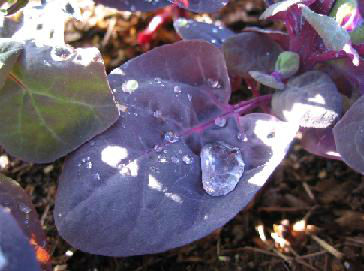
Orach (pronounced OR-ack) Mountain Spinach or Garden Orache (A. Hortensis) is in the same family as Amaranth, but it is grown for its leaves rather than the grain heads. It is heat tolerant and is relatively similar in taste and texture to spinach. It is darker in color, usually a red-tinged leaf and stem, and has a slight lemony taste. It can be eaten raw (my favorite) or cooked.
Not only does it solve the hot summer wilted spinach problem, but it’s a beautiful addition to any summer garden. Once it goes to seed, the crimson seed spikes reach 6 feet in height and blow gently in the breeze. Soon the seed spikes start to turn brown and it’s time to cut the spikes and save the seeds. The one below is nearly 2 feet long.
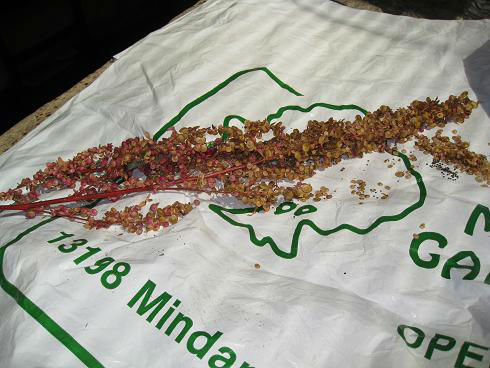
I’ll admit, we had a moment of confusion. The seeds are wrapped in a round papery layer that reminds me of parsnips. They also remind me of some previous Orach seeds I purchased years ago which had that papery layer around the seeds. The confusion came when I opened the existing seed packet of Orach – the one that grew these seeds – and saw that only the little black seeds themselves were in the packet. No papery outer layer.
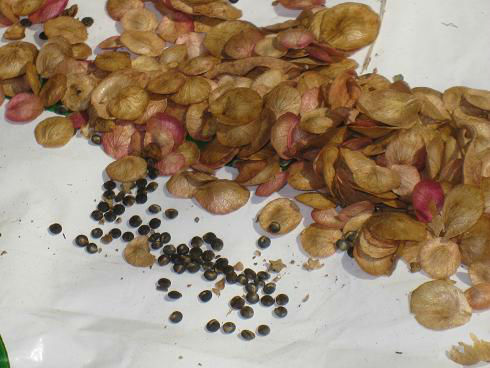
A brief investigation online showed that most people leave the papery layer on their seeds and plant them that way. That’s really good news, because as much as I love to save seeds, I really don’t like winnowing and threshing. But either way, it works.
From these two plants, I’m guessing we’ll save about a quart-sized zip lock bag filled to the brim with seed.

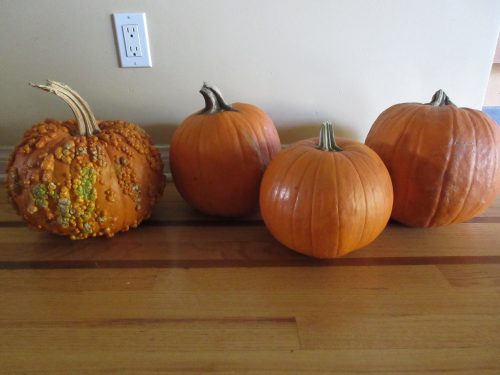
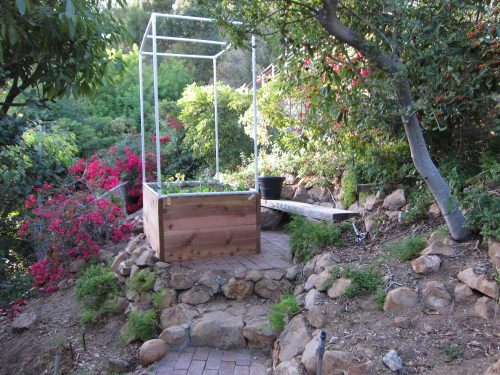
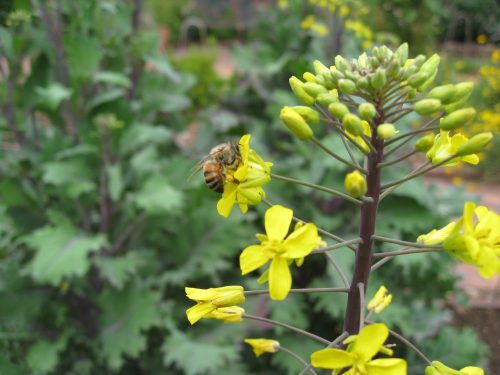
Thanks for your help. First year planting orach. Very tasty and colorful. I really don’t like spinach, but these leaves are tasty. They’ve gone to seed. Very pretty seeds. I was unsure of when to harvest. Now I know I have to wait till they dry on the plant. Thanks again.
You’re welcome. Orach is often underappreciated. So glad you like it!
Pingback: YouTube: How to Grow Lettuce in Summer - Gardenerd
Do you need to dry out the seed heads? Thanks!
Amber, yes, the seed heads dry out as they turn brown. So wait until they turn brown before harvesting the seeds. They should be dry at harvest. You can cover the heads with a paper bag to keep them from dispersing if you like.
Thank you so much! I just opened my first ever pack of orach seeds and was confused to see both little black seeds and big beige seeds inside. Your page explained what was going on. Thanks!
Can I get a follow up. I am wanting to save seed from my red orach. How’d it go did the grow well from the papery seed heads? Any tips for me?
Hi Jake,
We threw a bunch of those seeds into a pot and they keep volunteering year after year. We’ve also grown them at our community garden plot and they do very well as a summer spinach, even if they bolt to seed. Go for it and see how they do in your area.